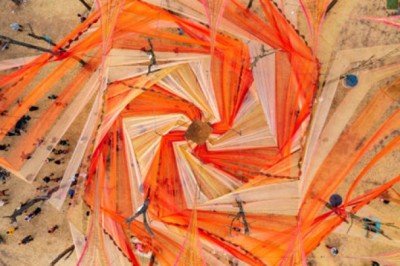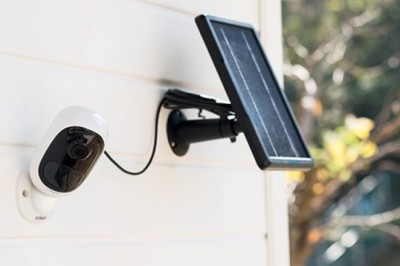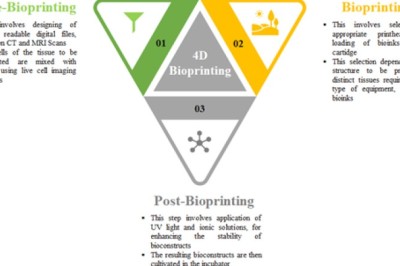views
Homeowners can customize their yards and make them environmentally friendly as possible. They can use less water, use native plants, and avoid using fertilizers or pesticides. Homeowners can install artificial turf or build a rain garden to create an eco-friendly yard. Here are a few ideas to make your yard more eco-friendly:
Install Artificial Turf
Natural grass and ground cover can create eco-friendly yards, but they need water, pesticides, and fertilizer to keep their lawn green. When it rains, the pesticides and fertilizers may find their way into run-off water, which can end up in the river. Natural lawns are also high-maintenance and need mowing, inspecting, and treating. You can resolve these shortcomings of natural yards by installing artificial turf.
Artificial turf uses synthetic fibers manufactured to resemble natural grass. It's softer, greener, and more resistant to traffic. Synthetic turfs also don't require irrigation, fertilizer, insecticides, or herbicides. Artificial lawns typically stay clean and don't get muddy, but they do need light maintenance. Other benefits include zero allergens, safer for kids and pets, and durability.
Utilize Hardscapes
Homeowners with natural yards have many solutions for making their lawns eco-friendly, including using hardscapes like boulders, concrete, and stepping stones. You can use hardscapes for pathways, seating areas, and other yard design elements, so finding hardscape contractors near me is essential for a quality job. Consider adding stepping stones or concrete paths leading to a shaded seating area in the yard. You can also use hardscape to raise parts of the yard and protect slopes from soil erosion.
Pathways and boulders reduce the size of your yard, which can translate to less water usage. They also help to reduce traffic by keeping people on the concrete pathway instead of the grass. You can also plant large trees and flower beds around the hardscapes that take little water, or maintenance can add beauty to your yard while keeping water usage down.
Plant Native Species
Native plants are local and have grown in a particular area for thousands of years. They're also known as indigenous and have symbiotic relationships with the native wildlife. Planting native ground covering, shrubs, and trees has many benefits, including less need for irrigation, herbicides, and pest control. The plants have relied on existing natural resources, unlike cultivars that require soil building, integrated pest management, and other practices.
Native plants need less maintenance and can be used in rain gardens. They tolerate wet and dry conditions and offer natural habitats for beneficial micro and macro-organisms, including insects. Native rain gardens can capture run-off water from patios, roofs, and pathways. Planting native species can reduce maintenance, but they still need tending to become fully established and look their best.
Working With an Artificial Turf Company
Artificial turf is a cost-effective, low-maintenance lawn solution for homeowners. You can bypass the planting schedules and irrigation and worry less about allergens and mud. The turfs are soft on the feet and easy to keep clean. You can customize your lawn and choose from a wide range of green shades. All you need is a reputable company specializing in artificial grass and turfs. The yards are also eco-friendly and durable.























Comments
0 comment